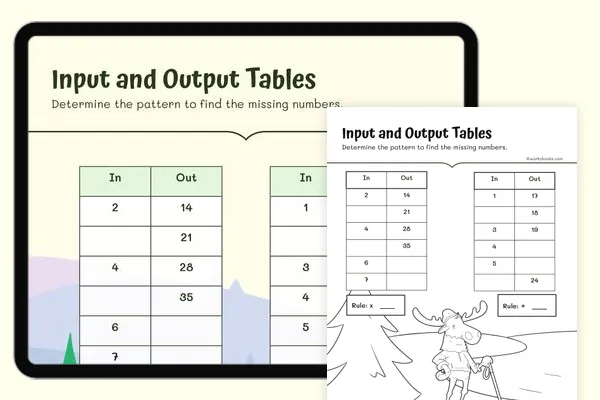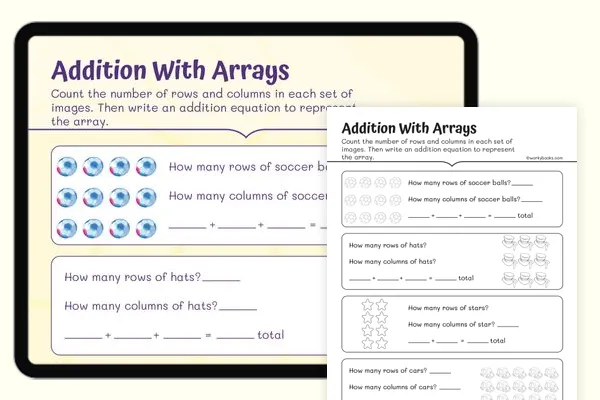Introductory Algebra Word Search Game
Premium Resource
Grades
- K
- 1
- 2
- 3
- 4
- 5
- 6
- 7
- 8
Standards
- K.OA.A.3
- 1.OA.D.8
- 2.OA.C.4
- 3.OA.D.9
- 4.OA.C.5
- 5.OA.B.3
PRINT+DIGITAL RESOURCE
This learning resource is available in interactive and printable formats. The interactive worksheet can be played online and assigned to students. The Printable PDF version can be downloaded and printed for completion by hand.
About This Game
Word search on Introductory Algebra Word Search! Vocabulary practice aligned to Common Core standards!
Perfect For:
👩🏫 Teachers
- • Interactive classroom activities
- • Auto-graded game assignments
- • Student engagement tools
👨👩👧👦 Parents
- • Fun learning at home
- • Educational screen time
- • Progress tracking
🏠 Homeschoolers
- • Interactive curriculum
- • Self-paced gaming
- • Engaging practice
Game Features:
🎮
Interactive Gameplay
Engaging educational game experience
📊
Auto-Grading
Instant feedback and scoring
📝
Assignable
Perfect for homework and classwork
📄
Printable Components
Additional offline materials
Common Core Standards Covered
1.OA.D.8
Determine the unknown whole number in an addition or subtraction equation relating three whole numbers. For example, determine the unknown number that makes the equation true in each of the equations 8 + ? = 11, 5 = _ - 3, 6 + 6 = _.
2.OA.C.4
Use addition to find the total number of objects arranged in rectangular arrays with up to 5 rows and up to 5 columns; write an equation to express the total as a sum of equal addends.
3.OA.D.9
Identify arithmetic patterns (including patterns in the addition table or multiplication table), and explain them using properties of operations. For example, observe that 4 times a number is always even, and explain why 4 times a number can be decomposed into two equal addends.
4.OA.C.5
Generate a number or shape pattern that follows a given rule. Identify apparent features of the pattern that were not explicit in the rule itself. For example, given the rule "Add 3" and the starting number 1, generate terms in the resulting sequence and observe that the terms appear to alternate between odd and even numbers. Explain informally why the numbers will continue to alternate in this way.
5.OA.B.3
Generate two numerical patterns using two given rules. Identify apparent relationships between corresponding terms. Form ordered pairs consisting of corresponding terms from the two patterns, and graph the ordered pairs on a coordinate plane. For example, given the rule "Add 3" and the starting number 0, and given the rule "Add 6" and the starting number 0, generate terms in the resulting sequences, and observe that the terms in one sequence are twice the corresponding terms in the other sequence. Explain informally why this is so.
K.OA.A.3
Decompose numbers less than or equal to 10 into pairs in more than one way, e.g., by using objects or drawings, and record each decomposition by a drawing or equation (e.g., 5 = 2 + 3 and 5 = 4 + 1).






















